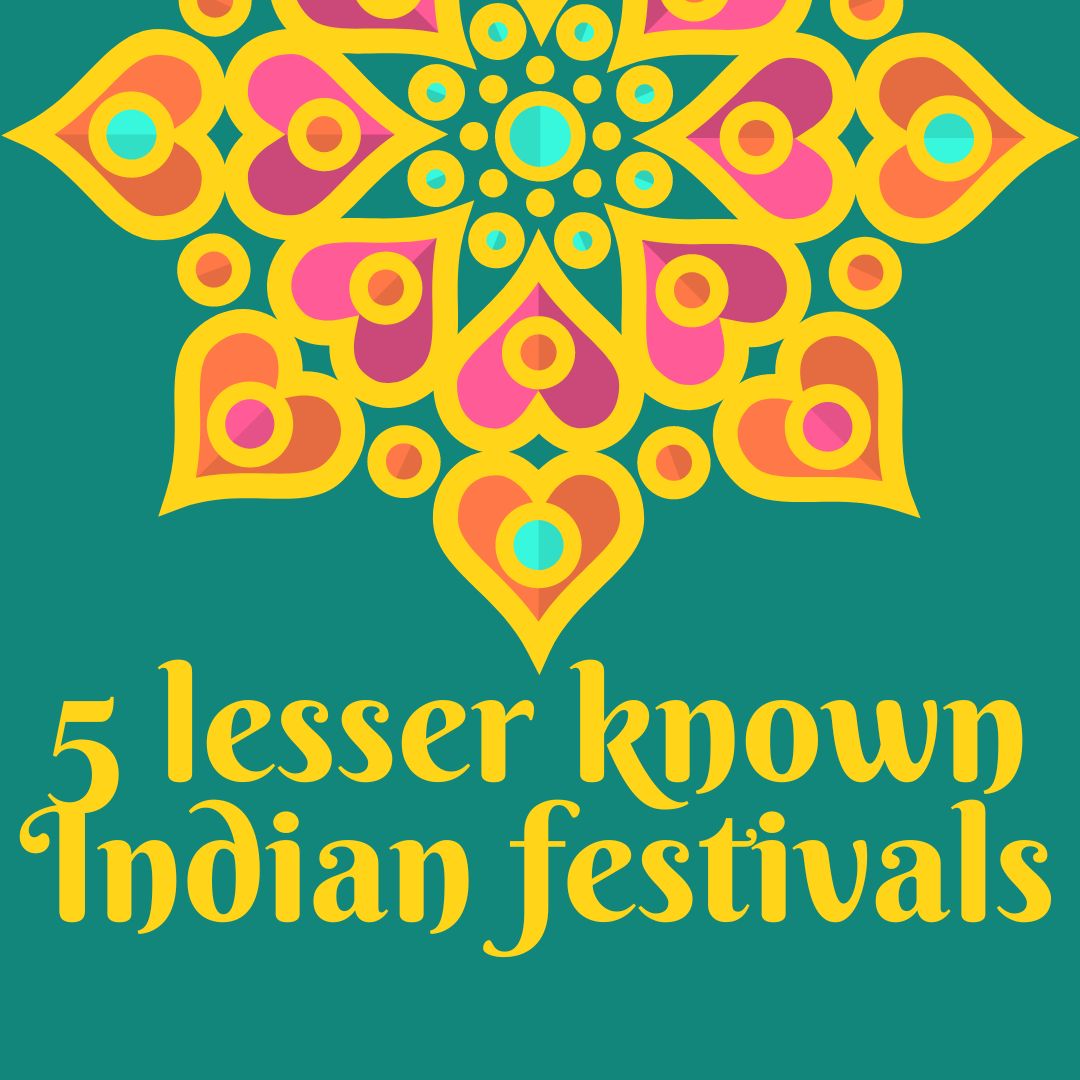
5 lesser known Indian festivals
By NabewiseHoli, the festival of colors and music, is celebrated all over India. The streets are lined with people covered in powders while they dance to celebrate this fun-filled day.
This passage talks about how important it can be for you as an individual or community if we just come together during difficult times. There are some rainbow-painted events throughout India every year, but it's not the only way to experience rainbows. There is even an event where you get plenty of time for throwing stuff at people!
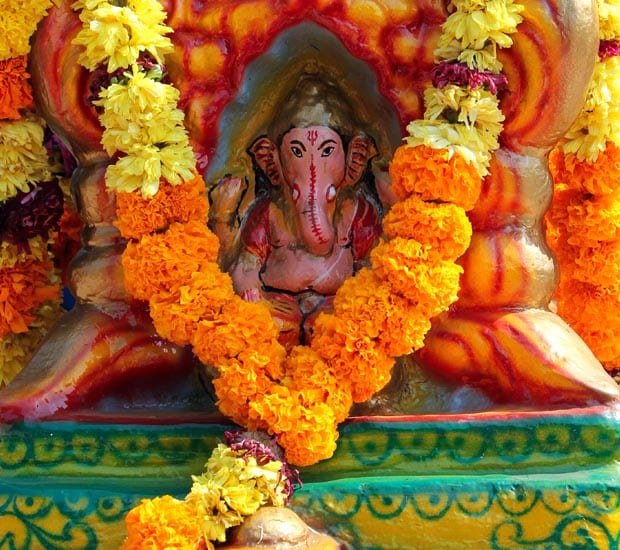
India is an incredible country with a population of 1.2 billion people, so it's not surprising that there are many festivals throughout the nation that have been lesser known to travelers or those on holiday in India. But still, deserve attention because they offer something different than other events seen elsewhere around the world.
The following passage discusses some exciting cultures and how you can experience them by building your trip accordingly.
Table of Contents
Makar Sankranti
Makar Sankranti is a festival in India that celebrates abundance in life. Its celebration can be seen all across, but it varies depending on your culture's beliefs. Many celebrations for this day, lighting fires or Offerings at temples, mark its importance.
This passage focuses more heavily on how people react within their own country rather than an explanation about why they celebrate Makarsansakanta altogether.
India is a land of festivals. There's hardly a month when some festival or the other isn't being celebrated somewhere in the country. And every festival has its unique customs and traditions.
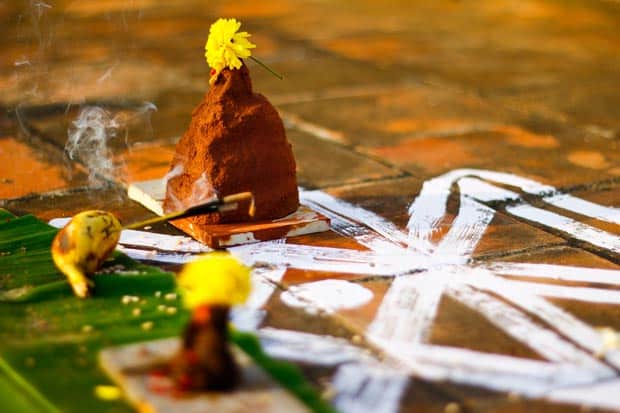
Makar Sankranti is one such festival celebrated in many parts of India with great zeal and enthusiasm. It marks the end of the winter season and the beginning of the spring season. On this day, the sun begins its journey towards the north, known as uttarayana. This day also marks the beginning of the harvesting season. In Maharashtra, this day is celebrated as Maghi, and in Tamil Nadu, it is known as Pongal. No matter what it is called, Makar Sankranti is a day to enjoy good food, fly kites, and celebrate life!
Jaisalmer Desert Festival
Turban tying competitions, camel racing, singing, puppeteers, acrobats, and a prize for the best mustache? Where do we sign? This festival is held annually in Rajasthan and is a chance for the villagers to come together in the relative winter cool, show the many visitors their traditions, and celebrate the year.
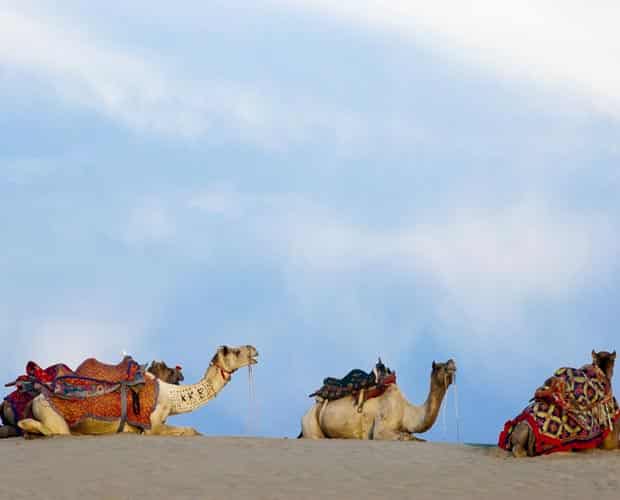
The Jaisalmer Desert Festival is an annual event that celebrates the culture and history of the desert region of India. Held in the city of Jaisalmer, the festival attracts visitors from all over the world who enjoy the colorful displays, traditional music and dance, and delicious food. But the Jaisalmer Desert Festival is more than just a tourist attraction; it's also a chance for locals to come together and celebrate their heritage. For three days, the city comes alive with parades, stalls selling traditional handicrafts, and performances by folk musicians. There's also a camel race and a chance to see some fantastic sandstone architecture for which Jaisalmer is famous. If you're looking for a truly unique cultural experience, the Jaisalmer Desert Festival is not to be missed.
Maha Shivaratri
The night of Shiva, the Hindu god of transformation, is usually celebrated around late February/early March. As well as meditation and worship at Shiva's temples, bonfires are lit, and women offer prayers for a blissful married life. The spiritual home of this festival is said by many to be Amarnath Temple, a cave high in the mountains of Kashmir where pilgrims walk, sometimes for days, to worship at the foot of a massive ice stalactite.
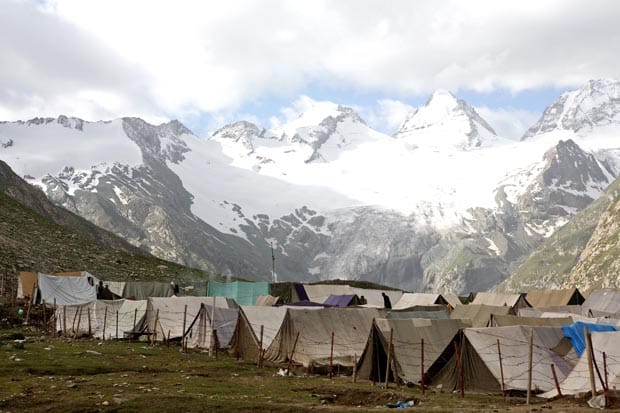
Every year on the new moon in February, Hindus celebrate Maha Shivaratri, a festival dedicated to Lord Shiva. While many legends are associated with this holiday, the most famous story shows how Shiva saved the world from a deadly plague. According to the myth, an evil demon named Andhakasura had been terrorizing the people of the earth, and Shiva was the only one who could stop him. However, before engaging in combat, Shiva decided to spend a night in meditation. As he sat in deep contemplation, the demon snuck up on him and tried to attack. But Shiva's concentration was so great that he remained unharmed. Enraged, Andhakasura tried to create havoc on earth, but Shiva eventually emerged from his meditation and defeated the demon. From that day forward, Shivaratri has been celebrated as a day of triumph over evil.
Krishna Janmashtami (Dahi Handi)
As we've already seen, a festival celebrating a particular god in the Hindu pantheon is pretty standard. Were we making massive human pyramids to break a pot full of buttermilk? Less so.
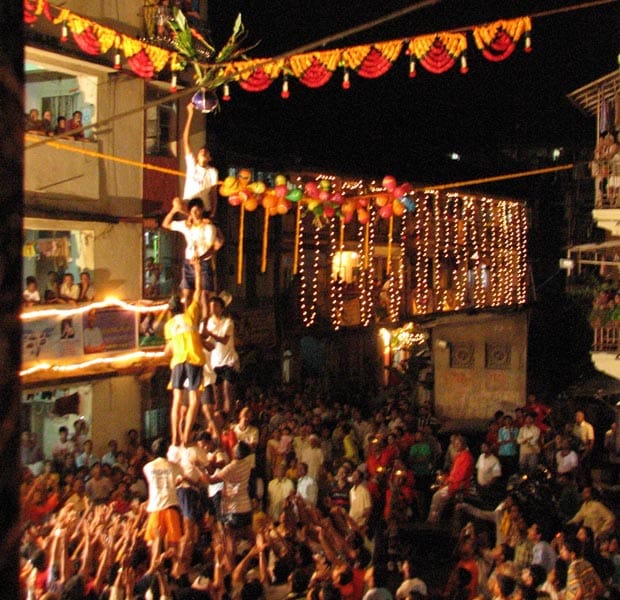
Every year on the eve of Krishna Janmashtami, devotees all over India celebrate by breaking open a clay pot filled with buttermilk. The pot is hung high above the ground, and teams of young men form human pyramids to reach it. Once the pot is broken, the buttermilk spills out and is caught in the clay pots below. This tradition, known as Dahi Handi, symbolizes Krishna's childhood prank of stealing butter from his neighbor's houses. Over the years, Dahi Handi has become a famous festival, with many people participating in competitions to see who can break the pot first. While the festival is often associated with fun and frolic, it also has a deep spiritual significance. For Hindus, Krishna represents the Supreme Being, and by breaking open the Dahi Handi, they are symbolically releasing him from bondage. In this way, Dahi Handi provides a chance for devotees to reconnect with their spirituality and remember the true meaning of Krishna Janmashtami.
Ganesh Chaturthi
The festival to worship the elephant-headed Ganesh is as bright and colorful as the statues of the god himself. It's trendy in Goa, where fireworks and feasts abound until, at the end of the festivities, vast idols of Ganesh are carried to the sea and fully immersed. Like most Indian festivals, the dates of Ganesh Chaturthi change yearly, but it's usually held between 20 Aug – 20 Sep.
One of the most popular Hindu festivals, Ganesh Chaturthi, is celebrated with great fanfare across India. The festival marks the birthday of Lord Ganesh, the elephant-headed god of wisdom and prosperity. On this day, Hindus bring home Ganesh idols and install them in their homes or public mandaps. The models are worshipped for ten days, after which they are taken to a nearby body of water and immersed. Although the festival has its roots in Maharashtra, it is celebrated in other parts of India. Recently, the festival has become increasingly commercialized, with vast pandals erected and huge processions organized. Nevertheless, it remains an essential part of Hindu culture and tradition.